Hunting ducks is not only a sport but also a heritage in the United States. However, not every state provides such an experience. Whether plush wetlands loaded with mallards or flyways buffeted with blue-winged teal, there are just some places that make better waterfowlers.
In this article, we are going to discuss the 10 best states to go duck hunting, what makes them outstanding, current trends in population, favorite breeds, and the best times to hunt. To give it a fair shake, we will also examine 5 states where duck hunting is not so fruitful.
10 Best Duck Hunting States In the U.S.
It is not just a sport; duck hunting is a seasonal tradition that aligns hunters with migratory trends, weather, and wetlands. The U.S. possesses a great number of flyways and landscapes where millions of waterfowl are cared for annually.
With flooded timber in the South and prairie potholes in the North, and marshy coastlines in the West. There are the 10 best states to follow ducks, and the reason why each state should be added to your duck hunting map.
1. Arkansas
Why it’s great:
Arkansas is the duck hunter’s paradise, or at least in the dreams of a lot of men, the mecca of calling mallards down green-timber flooded timber. Millions of ducks are channeled through this state through the Mississippi Flyway every year.
The overwintering populations remain strong in Arkansas, but weather and upstream water conditions determine annual success. Long-term conservation and water management ensure that habitats remain productive.
Popular species: Mallards are king, but hunters also see pintails, gadwalls, teal, wigeons, and wood ducks.
Hunting season: Typically late November to late January, with some early teal opportunities in September. Check out more about Arkansas Hunting Season Schedule.
2. Louisiana
Why it’s great:
Louisiana is one of the great duck hunting spots due to its great features, its rich estuaries, bayous, and coastal wetlands. The marsh coast is good foraging for both dabblers and divers.
Louisiana, despite its habitat loss caused by coastal erosion, stands as one of the best wintering sites for ducks. Efforts are being made to rehabilitate important wetlands.
Popular species: Common are gadwall, teal (blue-winged and green-winged), pintail, redhead, canvasback, and scaup.
Hunting season: Runs from mid-November to late January, with early teal in September. Check Louisiana Hunting Season Schedule.
3. California
Why it’s great:
The Central Valley of California is one of the most significant resting stops of the Pacific Flyway. Managed wetlands and rice fields are the home of a huge number of ducks. The Sacramento National Wildlife Refuge is a top place.
Periodic droughts have hit the populations, but the restoration and water-sharing schemes have aided in keeping the important wetlands.
Popular species: Northern pintail, shovelers, mallards, teal, canvasbacks, and wigeons.
Hunting season: Generally October to late January, split by hunting zones like Northeastern, Balance of State, and Southern. Check California Hunting Season Schedule.
4. North Dakota
Why it’s great:
The state is located in the middle of the Prairie Pothole Region, which is the breeding region of millions of ducks. It is perfect when it comes to early-season hunts when birds are starting the southbound migration.
North Dakota regularly reports all-time high breeding duck populations, particularly during wet years.
Popular species: Mallards, gadwalls, blue-winged teal, shovelers, pintails, and redheads are frequent targets.
Hunting season: Starts early, with teal in September, and the regular duck season kicking off in early October. Check North Dakota Hunting Season Schedule.
5. Minnesota
Why it’s great
Minnesota has nearly unlimited numbers of lakes, rivers, and wetlands, so we have a great variety of waterfowl habitat. There are also many species nesting here, so action in the early season is good.
The populations have stabilized, particularly those of mallards and wood ducks that favor the wooded wetlands in the state.
Popular species: Mallards, wood ducks, teal, ring-necked ducks, and wigeons.
Hunting season: Runs late September through late November, ideal for those targeting both early migrants and local birds. Check Minnesota Hunting Season Schedule.
6. Missouri
Why it’s great:
Missouri is centrally located and deserves some of the finest duck hunting in the Midwest. Parks such as Granny Pass and Duck Creek are mythic.
The state has well-managed wetlands that attract an enormous number of mallards during the winter. Solid hunting seasons are the result of constant investment in the restoration of wetlands. Mallards dominate the scene, followed by gadwalls, pintails, teal, and canvasbacks.
Hunting season: Generally runs from early November through late January, split into North, Middle, and South zones. Check Missouri Hunting Season Schedule.
7. Texas
Why it’s great:
The immense size of Texas offers a diverse collection of habitable conditions, such as coastal marshes to East Texas flooded timber, and playas in the Panhandle. Wintering ducks are a huge population, especially on the Gulf Coast.
Texas remains a reliable wintering area, especially for diving ducks and coastal dabblers.
Popular species: Redheads (particularly along the coast), pintails, teal, gadwalls, scaup, and mottled ducks.
Hunting season: Generally early November to late January, depending on the region. Early teal in September. Check Texas Hunting Season Schedule.
8. Mississippi
Why it’s great:
The location of Mississippi in the lower Mississippi Flyway and its topography of flooded bottomland timber, rivers, and farmlands provide a diverse ecosystem habitat.
Duck population trends are steady with good overwintering numbers; efforts like the Wetlands Reserve Program help improve habitats.
Popular species: Mallards, teal, gadwalls, wood ducks, and shovelers are most common.
Hunting season: Typically late November through late January, with early teal season in September. Check Mississippi Hunting Season Schedule.
9. South Dakota – Hidden Gem of the North
Why it’s great:
South Dakota is a hidden gem of the North, offering great early-season action and low hunting pressure compared to neighboring North Dakota. Shallow lakes, sloughs, and agricultural land make it a duck haven. South Dakota has experienced strong breeding success in recent years, particularly in the northeastern part of the state.
Popular species: Blue-winged teal, mallards, gadwalls, and diving ducks like redheads.
Hunting season: Begins late September to late November, often with cooler weather pushing migration early. Check South Dakota Hunting Season Schedule.
10. Washington
Why it’s great:
Washington has some special hunting in the Columbia Basin, Puget Sound, and the Coast. Feeding grounds are available in agricultural fields and tidal flats. The restoration of wetlands has resulted in stabilization of the major habitats despite the urban pressure. Migration corridors are conserved by conservation easements.
Popular species: Wigeons, mallards, green-winged teal, pintails, scaup, and even sea ducks like harlequin in select coastal areas.
Hunting season: Generally runs mid-October through late January, varying by area and species. Check Washington Hunting Season Schedule.
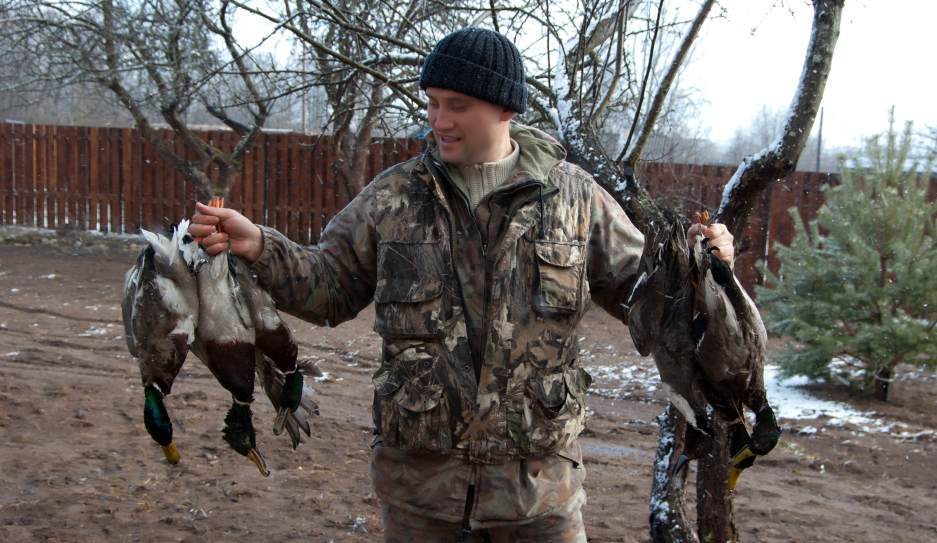
The Worst States for Duck Hunting
While every state has hunters who find success, these 5 states frequently rank low in duck hunting satisfaction based on online forums and hunter feedback:
1. Illinois
Why it’s not great:
Illinois used to be one of the leading waterfowl destinations, especially in the corridor of the Mississippi River. Nevertheless, progressive urban sprawl and agricultural land spreading have cleared natural wetlands on which ducks depend.
The hunting has become much harder due to the loss of this habitat. Also, there are not a lot of public hunting grounds–and the ones available are usually oversold, so it is difficult to find unmolested areas.
The population of ducks has been decreasing in the last ten years, particularly its the central and northern regions of the state. Warmer winters over the last few years have upset their usual migratory patterns, with a large number of birds simply skipping over Illinois and going instead to very southern states or moving farther north and staying.
Season: Duck hunting is normally in late October and continues until late December. You will however, get spotty results unless you are hunting in a managed area. Check Illinois Hunting Season Schedule.
2. Iowa
Why it’s not great:
Iowa is affected by the deficiency of big, regular wetlands. A large part of the land is privately held farms. Access to hunting in many areas may be hard to acquire without having good local contacts. There are few places to go rather than hunt in the river. But this is very unpredictable, since the river levels change and the weather changes as well.
Iowa is not much of a place where migrating ducks winter, but more of a stopover area. Waterfowl tend to come and go hence there is the likelihood that they may be present one day and gone the other.
Species: The season is mostly blue-winged teal in the early season and small mallards and gadwalls in the later season. There is simply no diversity or quantity of ducks as compared to the superior states.
Season: There is a preseason in early September, and the regular season in October-November. But there are no assurances of favorable conditions. Check Iowa Hunting Season Schedule.
3. Georgia
Why it’s not great:
Georgia is positioned away from the great travel routes of migrating ducks and is therefore an inadequate choice for mass duck hunting. The land and habitat are more gravitating towards swampy woods as compared to regular wetlands.
The state has very minimal migration. A majority of the duck population is those that are year-round residents or short-range travelers.
Species: The most prevalent quarry is the wood duck, but hunters usually meet mallards or teal once in a while. With that said, you probably will not get high quantities of either.
Season: The Georgia duck season lasts through mid-November to January, and you do not get a lot of chances to get any rewards unless you have a productive swamp or can access a closed land area. Check Georgia Hunting Season Schedule.
4. Pennsylvania
Why it’s not great:
There is very little available duck staging open water in Pennsylvania. Public lands have high hunting pressure, and it is the main reason why ducks take off or move into places that are not accessible.
The trends of migrating through Pennsylvania are very changeable, and have not been too firmly established, and the larger part of ducks make no more than incidental stops, or none at all.
Species: There are wood ducks, mallards, and black ducks, which are present in minimal numbers. There are chances that are very scarce.
Season: Pennsylvania provides one in early October and another between late November and December. But with fluctuating waterfowl populations, the success rate is not so good. Check Pennsylvania Hunting Season Schedule.
5. Kentucky
Why it’s not great:
Although the state of Kentucky is physically adjacent to the Mississippi Flyway, it does not receive its same benefits compared to the adjacent states. The potential of duck hunting is deterred by its scarce wetland habitat and lack of public lands under any form of management.
The population of ducks in Kentucky is not stable and is very dependent on cold fronts and weather shifts. There are good years and bad.
Species: Mallards, wood ducks, and teal are the primary species, but density and diversity are generally lacking.
Season: The season, which extends between mid-November and January, can be subject to wide variations of quality. You may be lucky at peak migration, but you cannot count on it. Check Kentucky Hunting Season Schedule.
Conclusion
Regarding the top ten states in duck hunting, Arkansas, Louisiana, and California take the first spot because of a combination of quality habitat, dependable migrations, and hunting facilities. Northern states such as North Dakota and South Dakota are best during early seasons. Whereas the opportunities presented by the Central Flyway, such as Texas and Missouri, are long-lasting.
On the other hand, states such as Illinois, Iowa, and Georgia are known to usually disappoint hunters because of diminishing habitat and a decreased number of migratory birds. Although a specific hunter who is native to the area can still get some success within these areas. Serious waterfowlers may prefer to drive north or be greedy for more reliable activity.
Success in duck hunting is all about preparation, time, and the location of the birds in whatever place you are going. The right state is all that matters- and now you know where to direct your future trip.


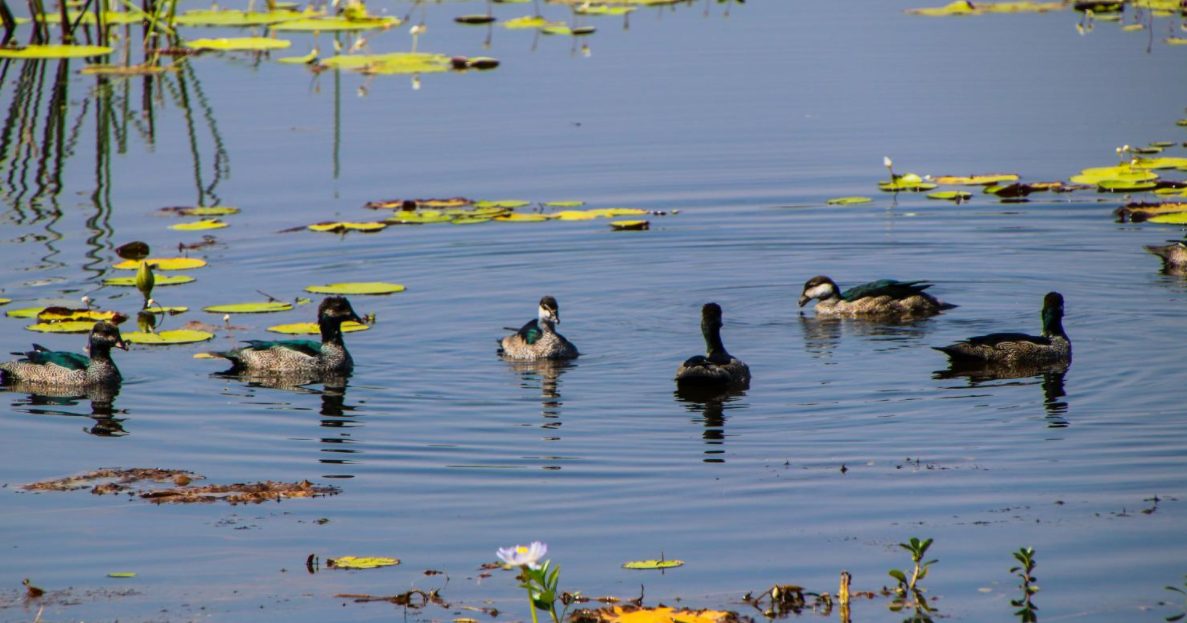
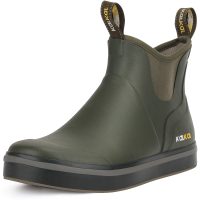



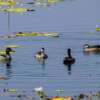
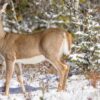

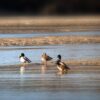
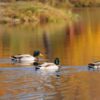


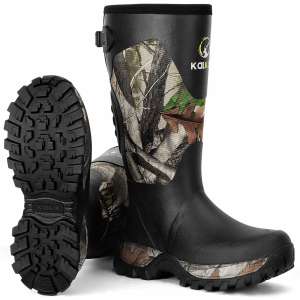





Leave a reply